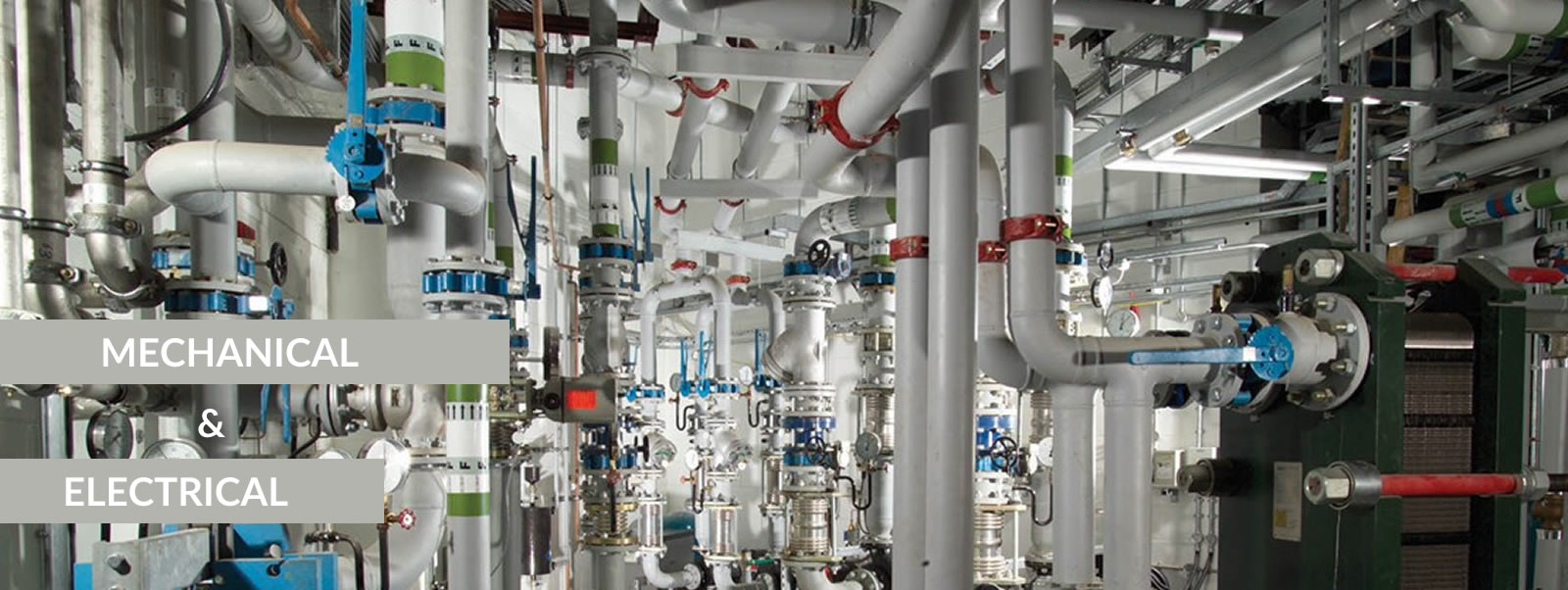‘M&E’ in construction refers to mechanical and electrical systems.
At Kinetic Pride, we pride ourselves in with expertise in delivering consultation, design & build of mechanical and electrical systems.
Mechanical systems can include elements of infrastructure, plant and machinery, tool and components, heating and ventilation and so on. Electrical systems might include, power supply and distribution, telecommunications, computing instrumentation, control systems and so on.
Clearly there is a great deal of overlap, with many systems including both mechanical and electrical components, hence the term M&E. Combined mechanical and electrical engineering courses are available, with joint accreditation between the Engineering Council, Institution of Engineering and Technology (IET) and Institution of Mechanical Engineers.
The terms ‘M&E’ / ‘M&E engineer’ are often taken to be interchangeable with ‘building services’/ ‘building services engineer’ and M&E engineers will often hold a degree in mechanical, electrical or M&E engineering. Chartered Engineer status can be awarded through the Chartered Institution of Building Services Engineers.
Building services are the systems installed in buildings to make them comfortable, functional, efficient and safe and might include:
- Building control systems.
- Energy distribution.
- Energy supply (gas, electricity and renewable sources such as solar, wind, geothermal and biomass).
- Escalators and lifts.
- Facade engineering (such as building shading requirements).
- Fire safety, detection and protection.
- Heating, ventilation and air conditioning (HVAC).
- Information and communications technology (ICT) networks.
- Lighting (natural and artificial).
- Lightning protection.
- Refrigeration.
- Security and alarm systems.
- Water, drainage and plumbing (including sustainable urban drainage systems (SUDS)).
- Carbon emissions calculations and reduction.
However, mechanical and electrical engineering can be a wider field than this, including areas beyond building design and construction, such as; large-scale power generation and transmission, transportation systems, infrastructure controls, industrial installations and so on.
